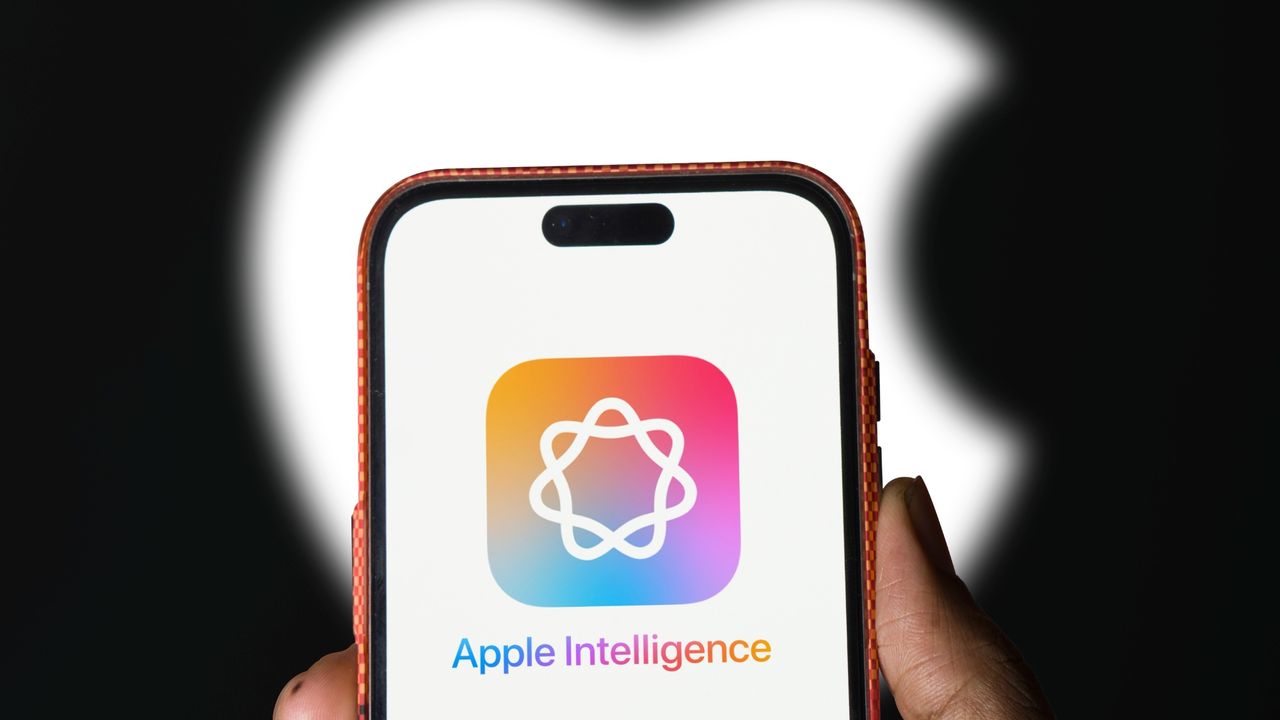
Apple Intelligence, the company's venture into the world of AI, has been building up since its launch at WWDC 2024. Looking to compete with the big pushes of AI seen by the likes of Google, OpenAI and xAI, Apple Intelligence powers all of Apple's devices.
It aims to enhance the user experience by providing on-device intelligence, advanced automation and seamless integration with Apple’s ecosystem.
Unlike other AI models that rely primarily on cloud processing, Apple has put privacy first before all else in the AI race. For that reason, Apple Intelligence focuses on leveraging on-device processing while using Apple’s secure cloud infrastructure when necessary. This approach allows users to benefit from advancements of AI without compromising data privacy.
However, Apple Intelligence has had somewhat of a shaky start since its launch. While it is still in its early days, Apple has struggled to keep up with the performances that its competitors has achieved.
That doesn't mean it isn't good, or that it won't become one of the leaders of AI. Since it first came out, Apple has introduced a range of new updates for the tool. Read on to find out everything you need to know about Apple Intelligence.
Latest updates
Live translation:
This is a feature that has received a lot of interest from Apple's latest round of updates. Live Translation is... well, what it says on the tin. This is a new feature that helps users communicate across languages when messaging or speaking.
The feature is built into Messages, FaceTime, and phone calls. It can even be used via AirPods 3 to translate in-person conversations, all powered by Apple Intelligence.
All conversations are translated on the device, keeping users' conversations private and not storing any of the information elsewhere.
Apple plans to later roll out the feature to more languages, including Italian, Japanese, Korean, and Chinese.
Visual intelligence updates:
Visual Intelligence, a building block on top of Apple Intelligence, is used to do more with your iPhone. Similar to Google Lens, users can now search the content on their iPhone screen to find similar images across Google, as well as on apps that are integrated into the experience.
As part of Apple's agreement with ChatGPT, you can also use the chatbot to ask questions about anything you see on your screen, too.
Workout buddy:
One new feature that is paired with Apple Intelligence on your device is Workout Buddy. According to Apple, this is a first-of-its-kind fitness experience powered by Apple Intelligence.
It analyses a user's workout data and fitness history to deliver personalized, spoken motivation throughout their session, based on data like heart rate, pace, distance and more.
This data is then analyzed privately and securely with Apple Intelligence. A new text-to-speech model then translates insights into a dynamic generative voice built using data from real-life trainers.
Key points

- Siri revamp: A more intelligent, conversational Siri that remembers context and can handle more with ChatGPT integration.
- Multimodal capabilities: Features like Visual Intelligence leverage the camera live view to help you learn more about the world around you and take action.
- System-wide AI enhancements: Integrated AI across Mail, Messages, Notes, Safari, and third-party apps.
- On-device & Cloud AI hybrid: Apple balances local processing for privacy with cloud AI for complex tasks, ensuring fast and efficient performance.
- AI-powered Writing Tools: Writing assistance across Mail, Messages, Notes, and more.
- Image generation: AI-powered tools that allow users to generate images based on descriptions in Image Playground and Genmoji.
- Smart photo editing: Tools like Photo Cleanup can help remove unwanted objects or subjects from photos.
Key features

With the release of iOS 18.4, Apple continues to enhance its suite of AI-driven features under the Apple Intelligence initiative, aiming to provide users with more intuitive and efficient experiences across their Apple devices.
Writing Tools
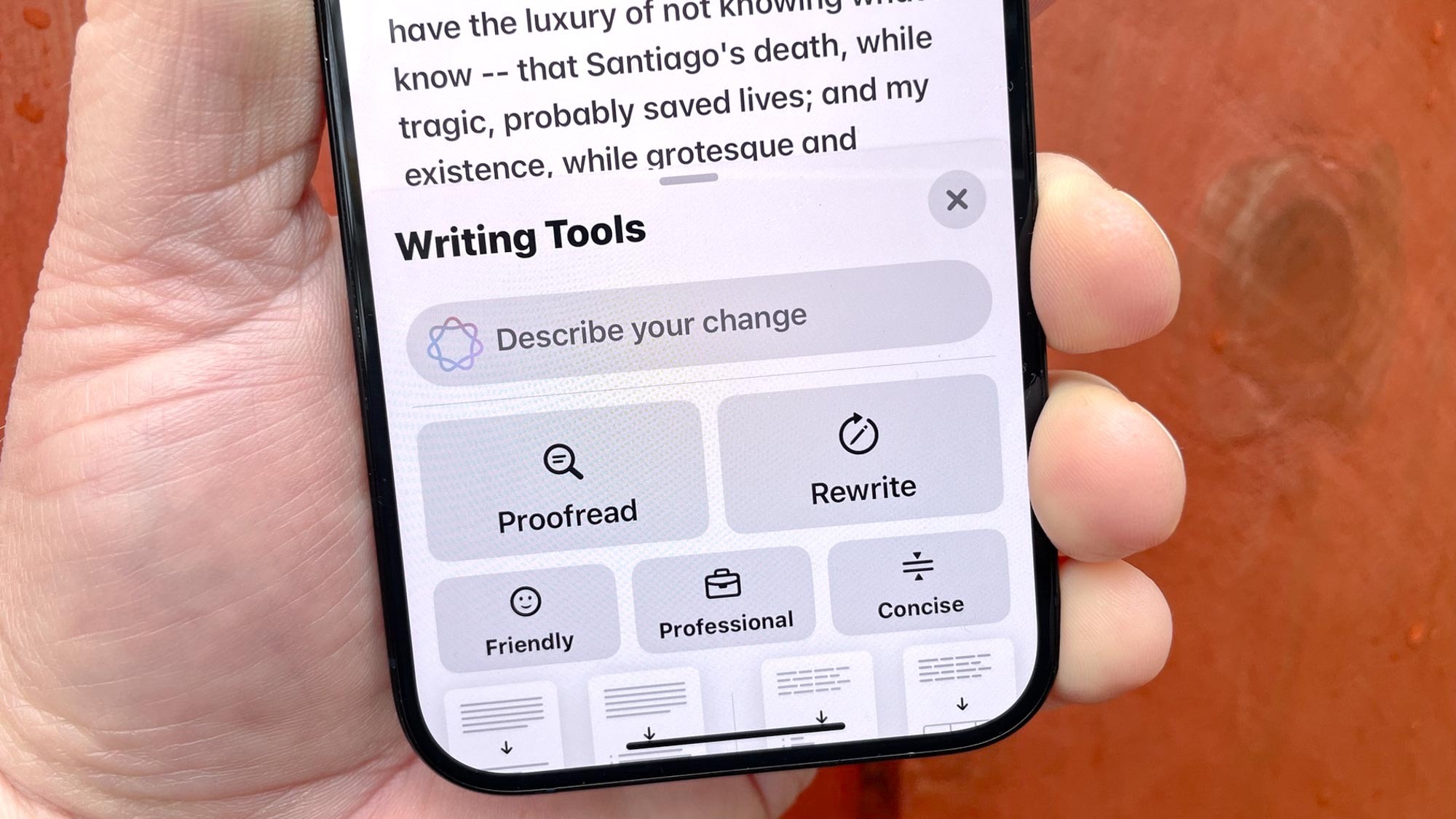
A standout feature since the launch, Writing Tools assists users in refining their text by checking spelling and grammar, or completely rewriting sections in different tones, and summarizing highlighted content.
ChatGPT also works seamlessly within Writing Tools and is accessible wherever text input is available from email and messages to notes.
Photo enhancements

Photo Cleanup: Easily edit photos by identifying and removing unwanted objects or individuals within a feature that is similar to Google's Magic Eraser. This tool gives users the chance to alter images directly within the Photos app, maintaining the aesthetic quality of their photo collections.
Natural Language Search in Photos: This feature gives users the ability to find the images they are looking for by describing something about it. Be it a color, time of year, or subject within the photo, users can search photos with a quick prompt and locate specific images.
Notification and message enhancements

Notification summaries: To manage the influx of notifications, Apple Intelligence introduced Notification Summaries. The functionality was designed to help users get a brief idea of what the notice is about to reduce distrations from less important alerts.
Message summaries: For lengthy emails or texts, Apple Intelligence can generate summaries, allowing users to grasp the main points without reading the entire message.
Reduce Interruptions Focus: In an effort to help users maintain concentration, this feature helps to prioritize notifications, permitting only important alerts to come through.
Summarized audio recordings: iOS 18.4 introduces the ability to record and transcribe phone calls (when using Apple's phone app) and summarize the content of these conversations. This feature extends to recordings made in the Notes app.
Smart Reply: This feature offers AI-generated responses in emails and messages, adapting suggestions based on the content of the received message.
Siri
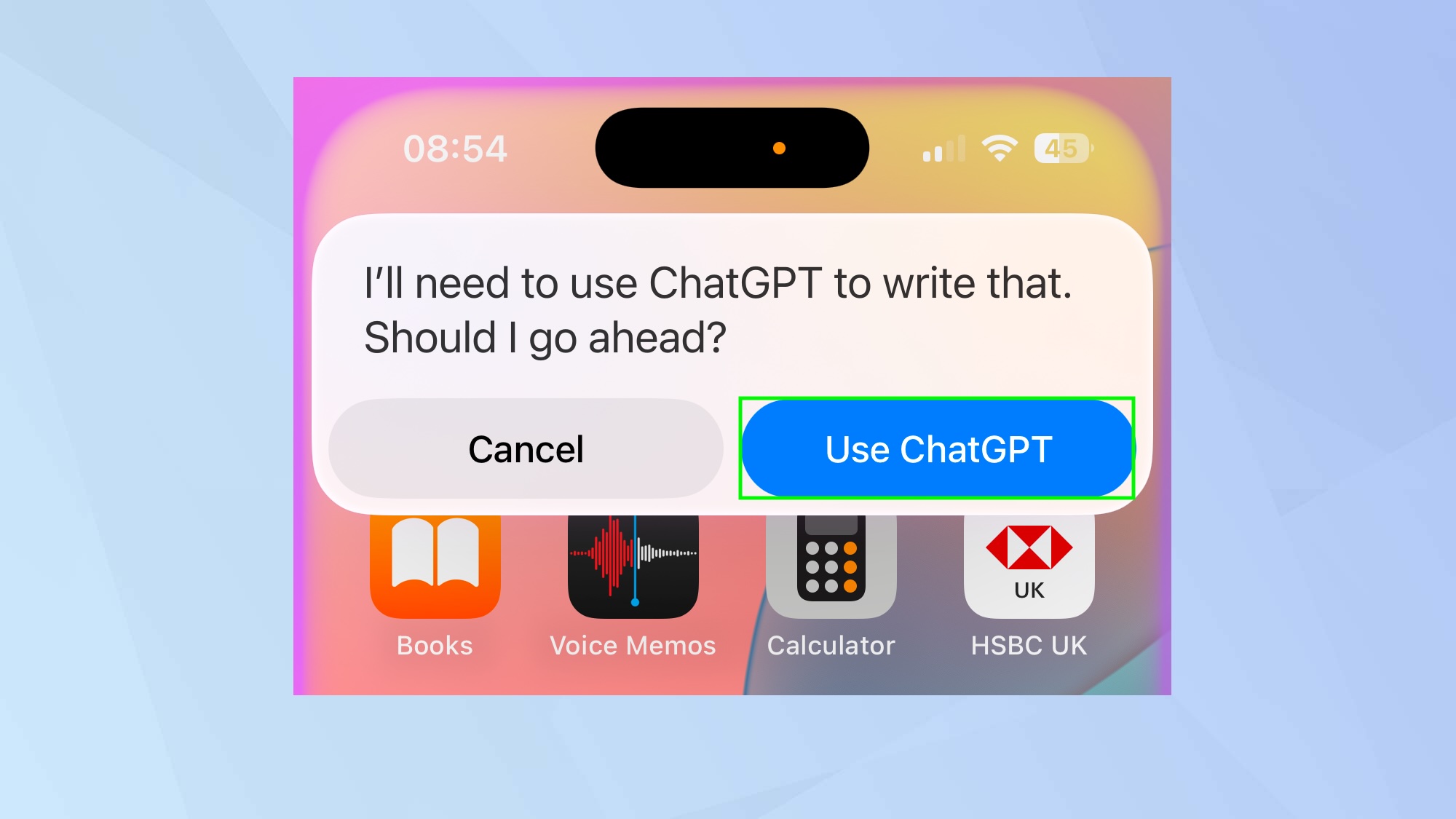
Siri enhancements: Siri has received significant updates since Apple Intelligence, and more upgrades have been made in iOS 18.4, including a more conversational tone and improved understanding of user queries.
Unfortunately, an even more improved Siri may not arrive with iOS 18.5 later this spring, it appears we may not see Siri 2.0 until later this year, possibly not until 2026.
"It’s going to take us longer than we thought to deliver on these features and we anticipate rolling them out in the coming year," Apple spokesperson Jaqueline Roy reportedly told Daring Fireball.
The delayed Siri upgrades include personal context, on-screen awareness, and in-app actions across a ton of mostly Apple apps.
ChatGPT integration: Through a partnership with OpenAI, iOS 18.4 integrates ChatGPT into Siri, allowing users to engage with the chatbot using voice commands. This integration expands Siri's capabilities, providing access to a broader range of information and functionalities.
Priority Messages in Mail
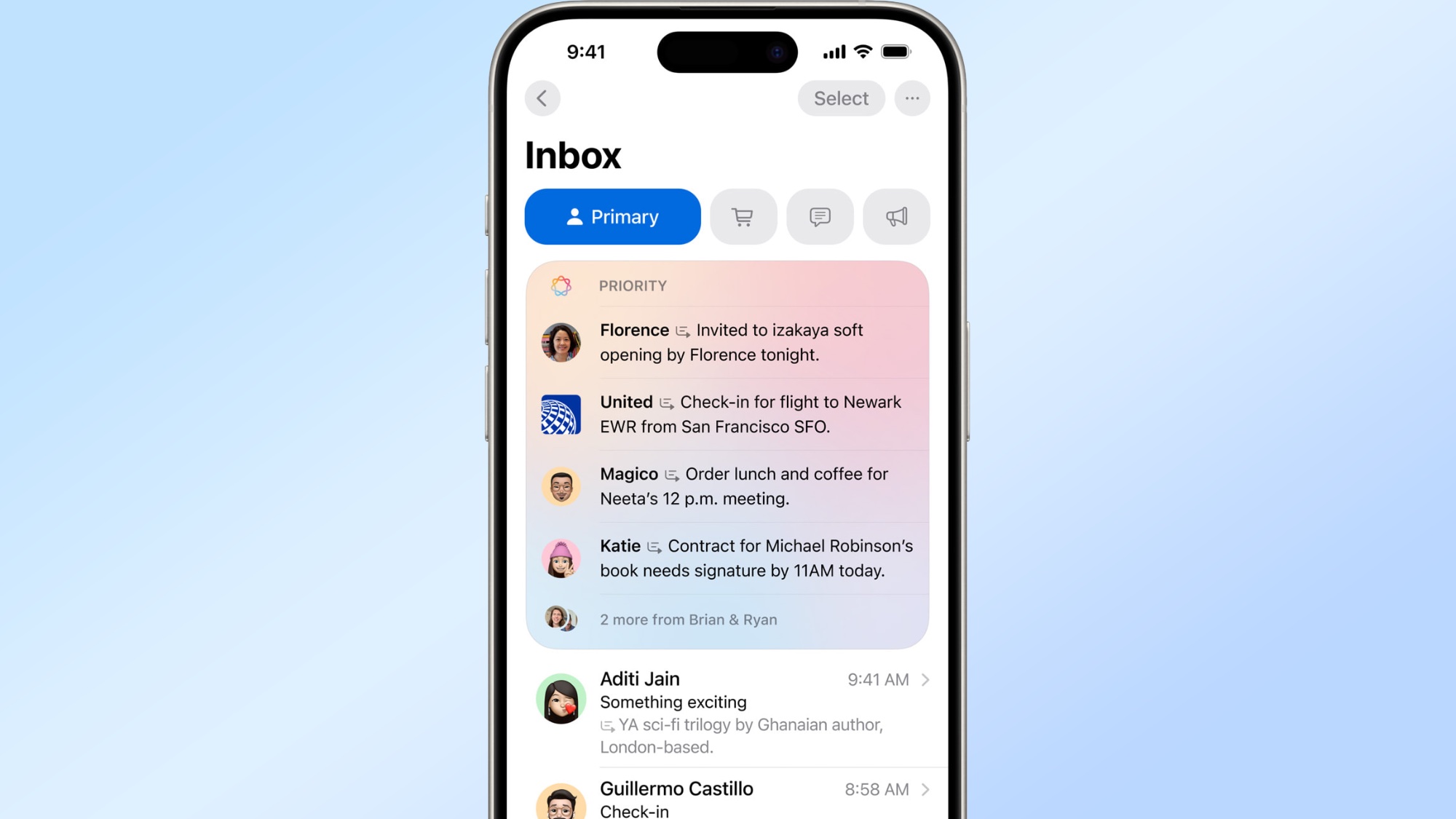
Apple Intelligence now aids in identifying time-sensitive emails and messages, pushing them to the top of the inbox with Priority Messages. Users have the choice of keeping the old mail experience of "List Mode" or chose to categorize their emails with "Categories" such as Priority, Transactions, Promptions, and Updates.
This prioritization ensures that users can address urgent communications promptly without sifting through less critical content.
Visual Intelligence

Visual Intelligence functions similarly to Google Lens, enabling users to analyze the world around them through the camera.
Accessible via the Camera Control button on the iPhone 16 series, this feature allows for real-time translation, web searches, and more, enhancing the device's interactive capabilities.
Visual Intelligence is also available via the Action Button on the iPhone 15 Pro and iPhone 16e.
Image Playground

Apple Intelligence's Image Playground makes it easy for users to generate images in customized styles such as sketch or cartoon. With a simple text prompt, Apple AI generates images based on the users request.
The AI takes image generation even further by letting users transform hand-drawn sketches into detailed images within the Notes app using the Image Wand.
Genmoji
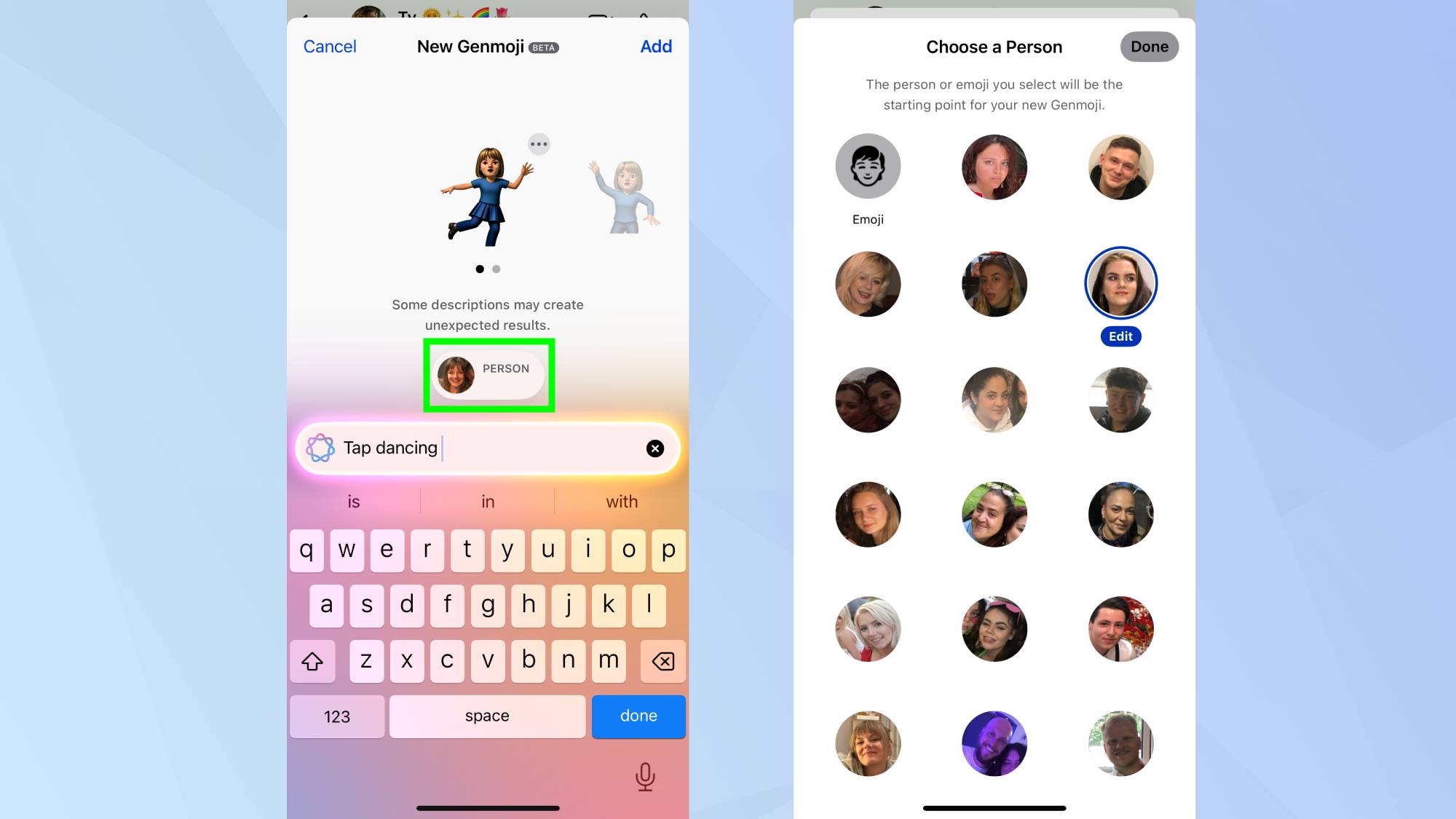
Genmoji, introduced in iMessages, gives users the creative freedom to create emojis that don't yet exist. With a simple text prompt, customized emojis are generated and then used within texts and iMessages to add a more personalized touch.
Apple Intelligence Supported devices
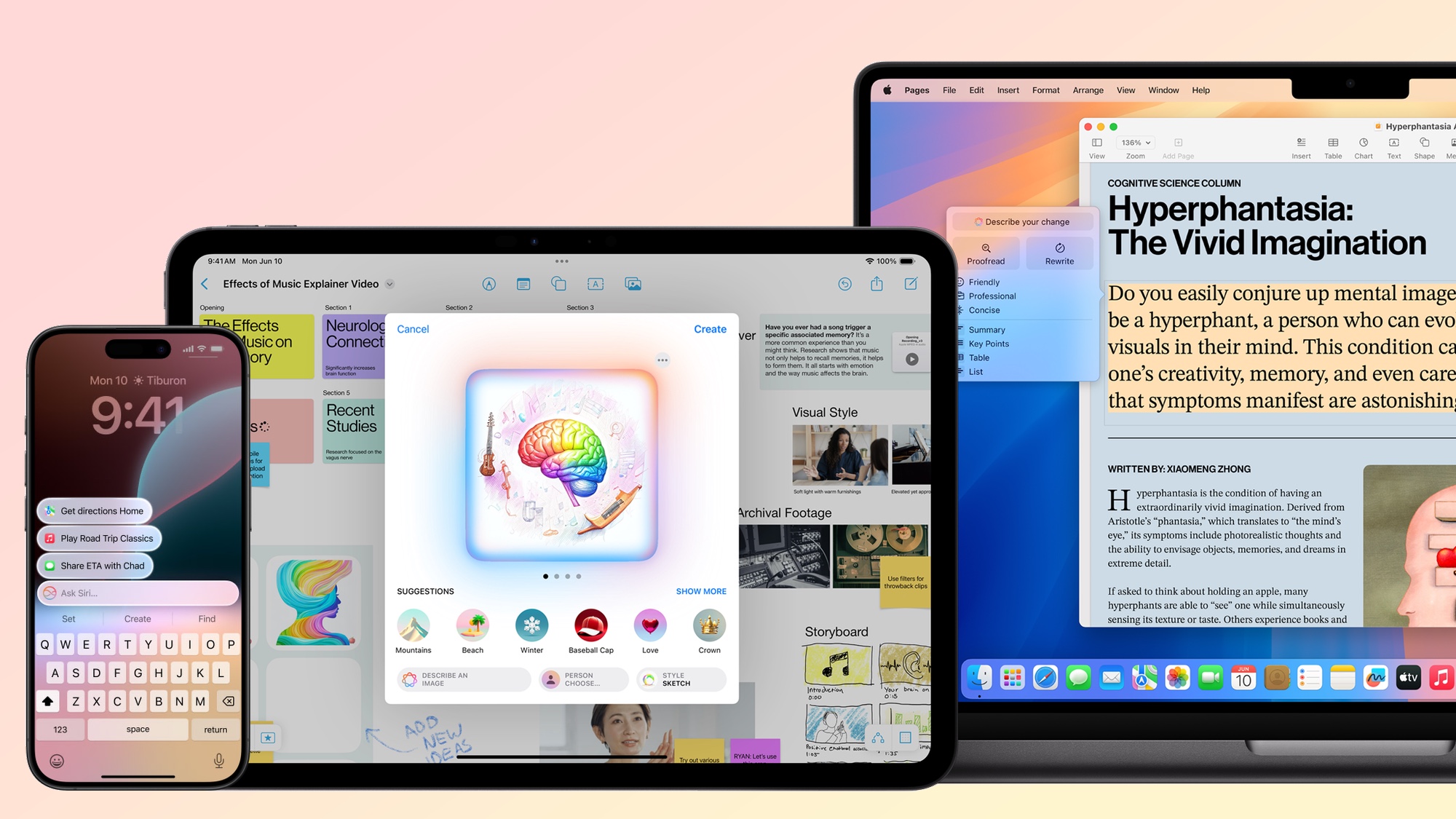
Apple Intelligence requires high-performance Apple Silicon chips, meaning it won’t be available on older devices. The following devices are suitable for Apple Intelligence:
Mac:
MacBook Air (M1, 2020) or newer
MacBook Pro (M1, 2020) or newer
Mac Mini (M1, 2020) or newer
Mac Studio (M1 Max, 2022) or newer
iMac (M1, 2021) or newer
iPad:
iPad Pro (5th Gen, 2021) or newer
iPad Air (5th Gen, 2022) or newer
iPhone:
Since Apple Intelligence relies on Apple Silicon chips, older iPhones and Intel-based Macs will not support these features.
What’s next for Apple Intelligence?

Apple’s approach to AI sets it apart from competitors like Google and Microsoft by emphasizing privacy, on-device intelligence (user information is not stored), and seamless ecosystem integration. As Apple continues to refine its AI models, we can expect to see several features in the future, beyond the anticipated Siri updates.
Expanded language support: Initially launching in English, we are sure to see language support expanding globally.
More third-party app integrations: Developers may gain tools to integrate Apple Intelligence into their apps.
Advancements in multimodal AI: Future updates could bring video generation, deeper AR/VR integration, and real-time collaboration tools.
AI-Powered productivity features: Apple Intelligence is expected to enhance productivity apps like Notes, Calendar, and Reminders with more automation. We may even see something like what Gmail recently launched with Google Calendar.
Although Apple may be slower with AI advancement compared to other tech giants, they continue to place privacy first, which should help users gain trust in and feel comfortable with AI.
Final thoughts
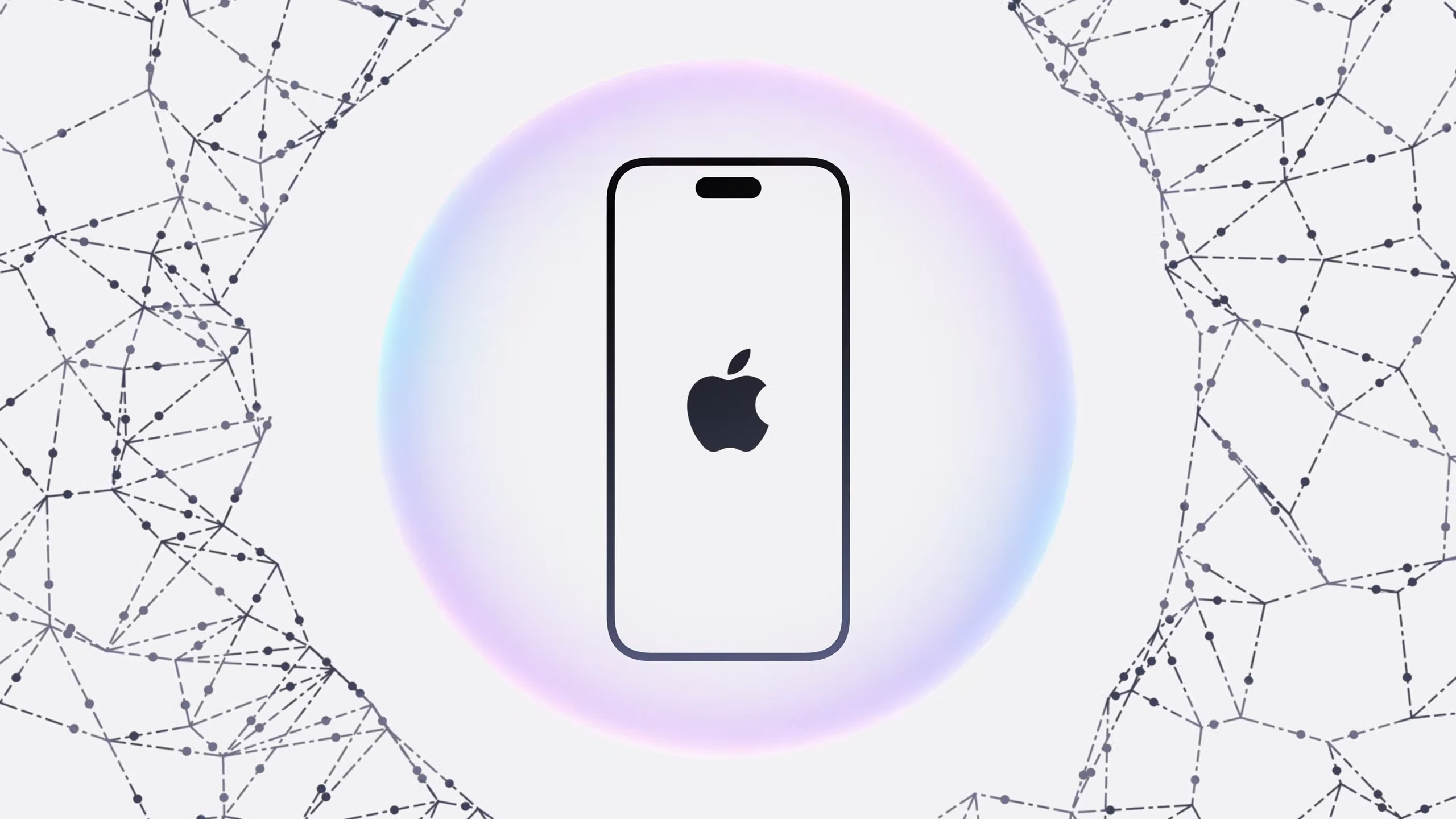
Apple Intelligence is one of the most significant AI updates in Apple’s history, combining cutting-edge AI with Apple’s signature privacy and user-first approach.
With a focus on on-device intelligence, a smarter Siri, powerful writing tools, and creative AI features, Apple is setting the stage for the future of AI-powered experiences across iPhones, iPads, and Macs.
As AI becomes an essential part of everyday tech, Apple Intelligence is poised to redefine how users interact with their devices—securely, seamlessly, and intelligently.







